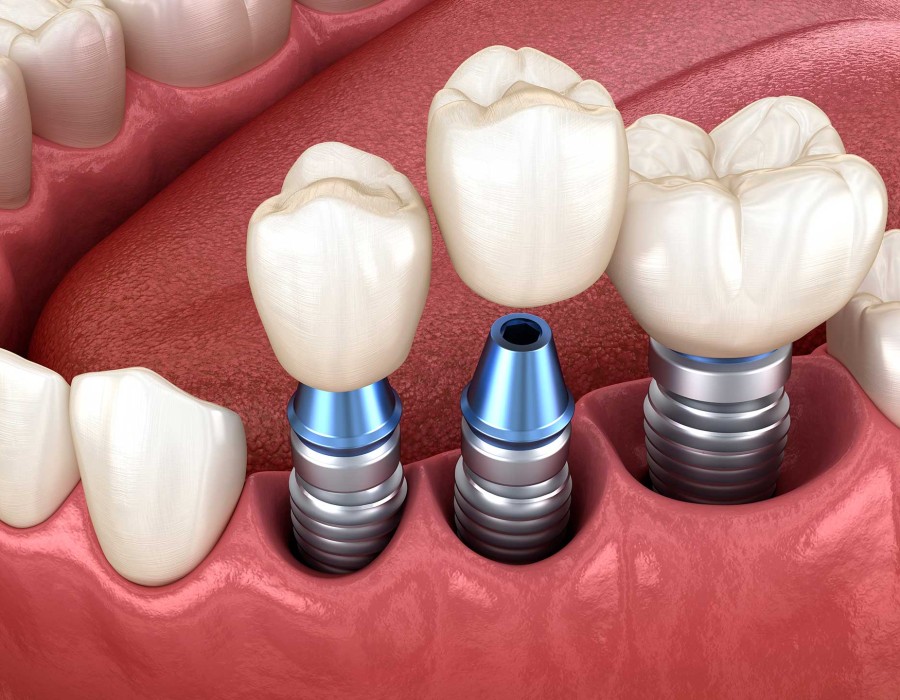The need for replacement teeth is more common than you realize. People lose their natural teeth for a variety of causes, including tooth decay, accidents, and infection. When a tooth is lost or extracted, people may feel anxious about their smiles, but several remedies are available.
Dental implants are one of the most effective techniques to repair a missing tooth and restore a smile. The most significant advantage of dental implants is that they will appear identical to the remaining natural teeth and will sustain a patient's oral health for many years.
Dental implants are classified into endosteal and subperiosteal, as well as single-stage and two-stage procedures. All of the alternatives are extremely natural-looking, but they are utilized for different purposes. Your dentist will be able to help you choose the best implant for your oral needs, but you should understand the differences. If you do not have one yet, you may try to find them by googling “dental implant dentist astoria”.
Endosteal
Most dentists prefer to use endosteal implants, which are the more prevalent of the two varieties. This type of implant, which resembles a little screw, is fixed into the jawbone to function as an actual tooth root. Dentists use this procedure because missing teeth in the mouth structure can lead to bone loss and shifting of surrounding teeth. Endosteal implants, which are secured into the vacant tooth root, help to retain the structure of the face and jawbone.
Subperiosteal
Subperiosteal implants resemble endosteal implants, however, they are inserted beneath the gum tissue or on top of the jawbone rather than being anchored into it. This implant option is often used on patients whose jawbones are not robust or healthy enough to sustain an implant.
Dentists frequently recommend bone augmentation to their patients to restore and strengthen their jawbone in preparation for an endosteal procedure. If a patient does not wish to undergo bone augmentation, a subperiosteal implant can provide very similar outcomes.
Single Stage
A single-stage dental implant only requires one surgical procedure. During the operation, your dentist will insert a lengthier implant into the jaw and gum, leaving the top of the implant exposed. Once the region has healed, the implant's connector and crown will be placed directly to the exposed portion of the implant.
The single-stage technique is commonly utilized in patients with bone abnormalities or unique demands. This is because the single-stage procedure is usually faster once the initial surgery is completed, and the patient will have an easier time adjusting to their new teeth.
Two-Stage
A two-stage dental implant process takes significantly longer than a single-stage procedure since it necessitates at least two procedures with recovery time in between. During the initial stage of this procedure, your dentist will surgically place the base of the dental implant into the jawbone before stitching it up to recover. After the mouth has recovered for a few months, another minor operation will expose the implant's base to attach the connector piece and crown.
Although this method is more invasive and complex, it has long-term benefits. During the time between the first and second surgeries, the implant's base will merge with the jawbone, forming a base as strong as a natural tooth root.
Timelines
Dental implant timetables might be complicated. However, the amount of time required is determined by the current state of your teeth and the complexities of the procedure. The timing is determined by several factors, including your overall teeth and gum health, the number of teeth being replaced, the position of the replaced tooth, whether extractions are required, and jaw bone grafting. A simple implant surgery can take a few hours, whereas larger surgeries are spread out over two years. A dental implant should take roughly nine months to complete under optimum conditions.






Comments